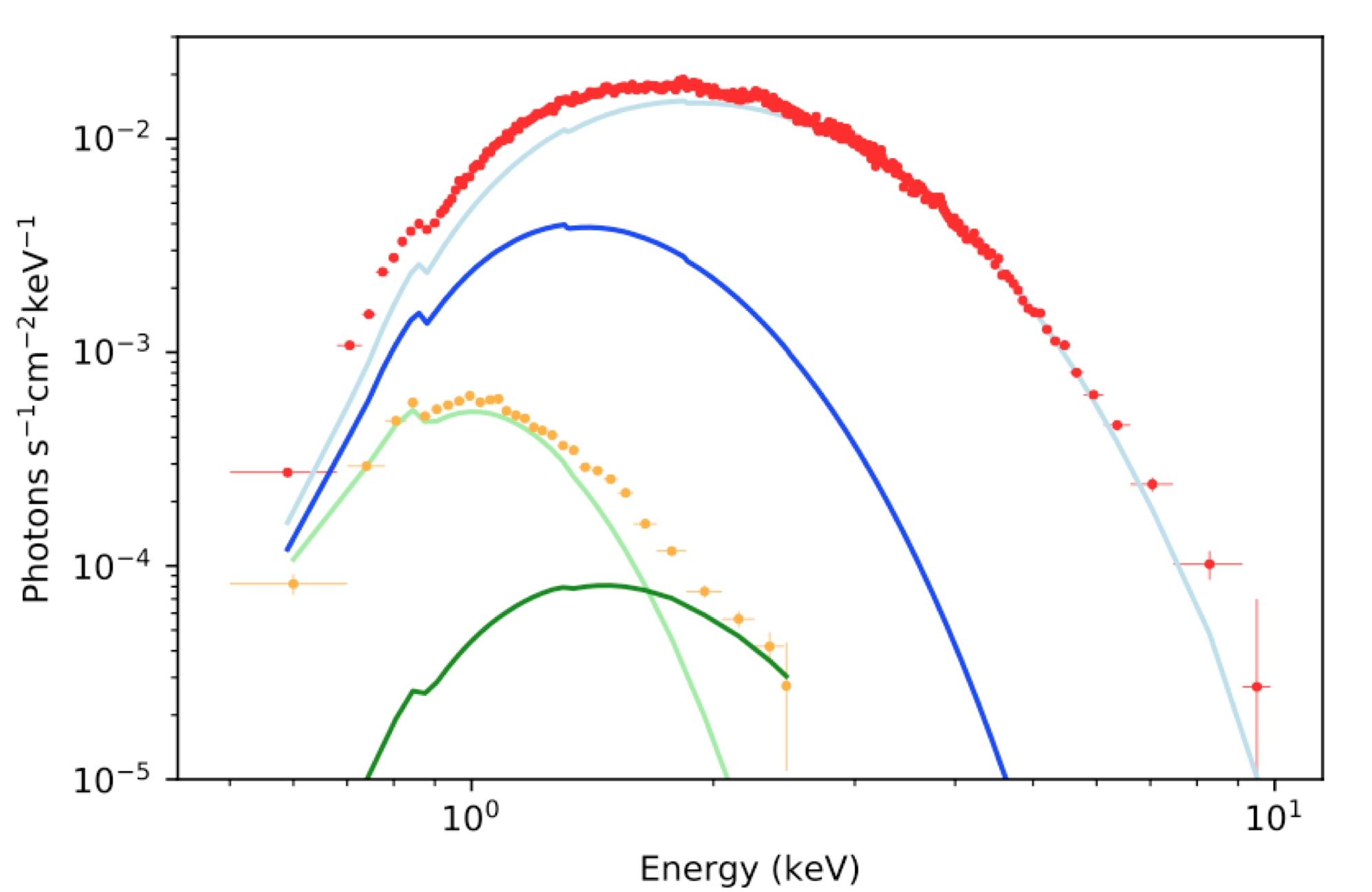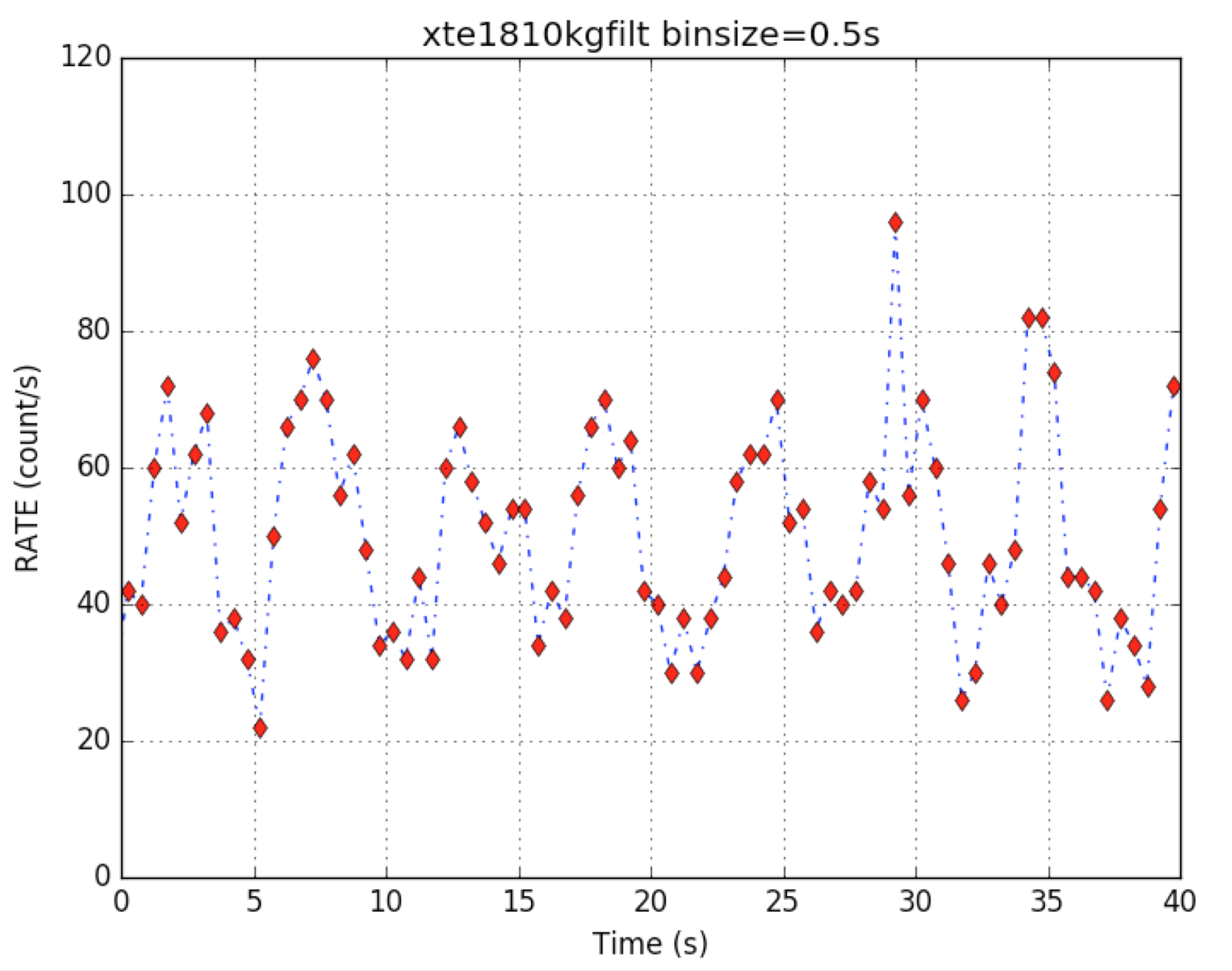NICER / ISS Science Nugget for February 15, 2019A new outburst from magnetar XTE J1810-197A small group of neutron stars, called magnetars, are much brighter than expected in X-rays. As their name suggests, these stars are thought to be the strongest magnets in the Universe, with magnetic field strengths on the order of 1015 Gauss (compared to Earth's approximately 0.5 Gauss). Although some magnetars are persistently bright, the last few decades have shown that a number of them are bright for only a brief time and so are called transient magnetars. XTE J1810-197 was the first such magnetar discovered, in 2003, when its luminosity in X-rays increased by a factor of 100 compared to its appearance in archival data, where the star's nature was not previously identified or appreciated. Since the 2003 outburst, XTE J1810-197 declined steadily in brightness, returning nearly 10 years ago to its historical quiescent level. In December 2018, radio observations of XTE J1810 showed that it was in a new episode of high luminosity. Although JAXA's Monitor of All Sky X-ray Image (MAXI) payload onboard ISS and NASA's NuSTAR telescope could briefly observe the source in December, confirming the new outburst, the initial increase in brightness could not be observed with NICER or other soft-X-ray observatories because the star was "behind" (within 45 degrees of) the Sun. By early February, with the Earth's motion around the Sun improving our perspective on XTE J1810, NICER observed the source and obtained very detailed soft-X-ray data of the outburst. Preliminary results confirm the dramatic increase in brightness, and imply that this outburst is even brighter than the 2003 event. NICER X-ray spectra (Figure 1) show the remarkable change in brightness as well as temperature of the emitting region, as indicated by the shift in the peak of the photon energy distribution toward higher energies. Modeling of the spectra reveals that two hot spots on the neutron star surface almost doubled their temperatures (4 and 8 million Kelvin in 2019, compared to 2 and 4.7 million Kelvin in 2018). The total size of the hotter of the two spots increased by a factor of almost 6 in radius.
Apparent in the NICER data are the individual pulses of the magnetar's sweeping "lighthouse" beam, with the star's spin period of 5.54s (Figure 2). This is an exceptional circumstance for a non-accreting X-ray pulsar, as the number of detected photons from similar objects is usually too low to see single pulses. NICER's effective photon collecting area, combined with the brightness of the source, gives astrophysicists a unique opportunity to investigate the spin-phase resolved properties of the X-ray emission to better understand the temperatures and relative sizes of the emitting regions on the neutron star surface.
NICER
|




